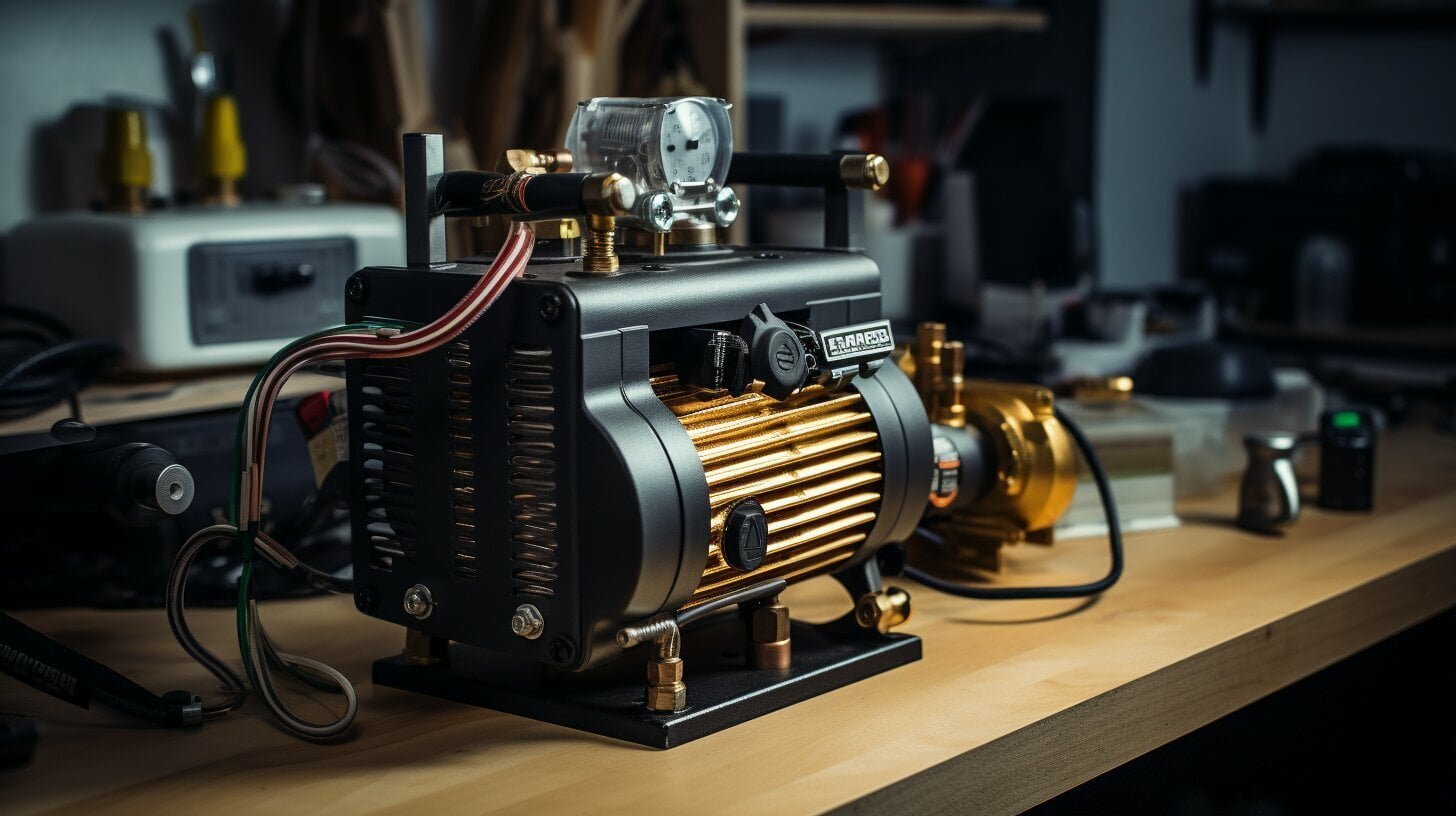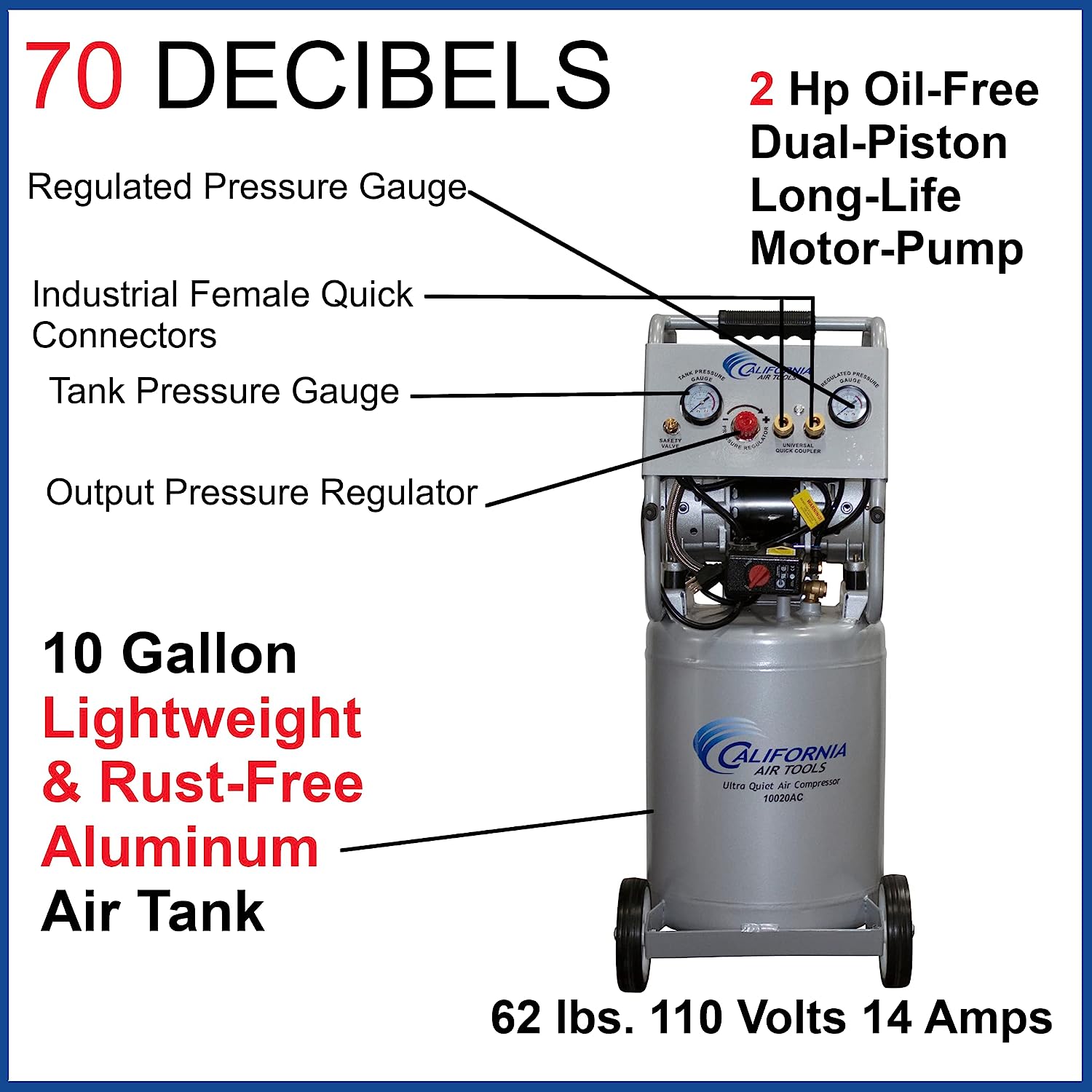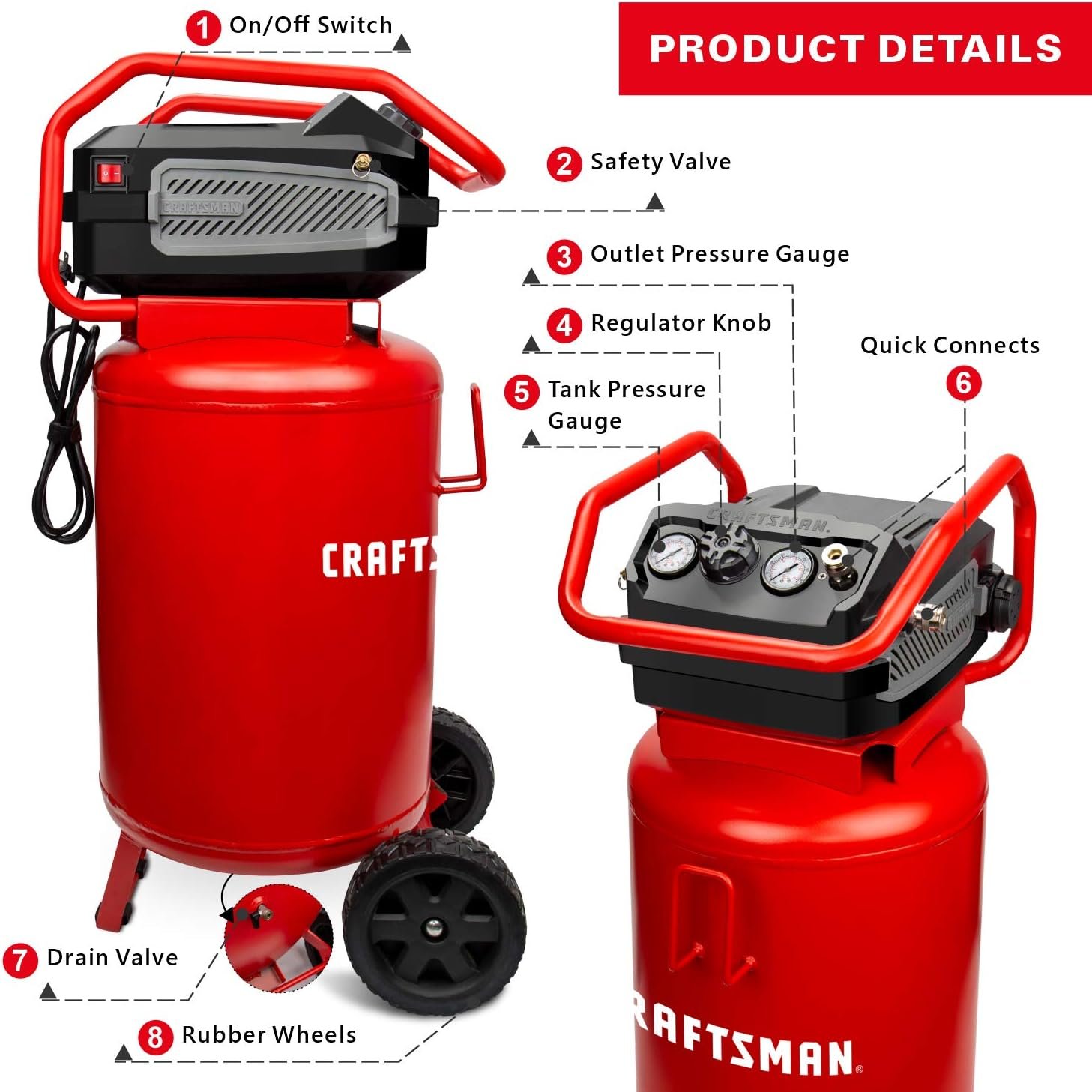Are you in need of an air compressor but not sure how to choose the right size for your specific needs? Look no further! In this article, we will provide you with valuable insights on understanding the proper sizing of air compressors. Whether you’re a DIY enthusiast or a professional contractor, we will guide you through the process of selecting the perfect air compressor that will meet the demands of your applications, ensuring efficiency and effectiveness every step of the way. So, let’s get started and find the optimal size for your air compressor!
Understanding the Proper Sizing of Air Compressors
Factors to Consider when Sizing an Air Compressor
When it comes to sizing an air compressor for specific applications, there are several factors that need to be taken into consideration. The size and type of compressor you choose will greatly depend on the amount of compressed air required, as well as the pressure and flow rate needed for your tools or equipment. Some of the key factors to consider when sizing an air compressor include:
Flow requirements: The amount of compressed air needed, measured in cubic feet per minute (CFM), is one of the most important factors to consider. It is essential to determine the peak demand of your tools and equipment to ensure that the compressor is capable of supplying enough CFM to meet those requirements.
Pressure requirements: Another crucial factor is the pressure needed for your tools and equipment, measured in pounds per square inch (PSI). Different tools and equipment have varying pressure requirements, so it is important to carefully assess the maximum pressure needed and make sure that the compressor can deliver that level of pressure consistently.
Duty cycle: The duty cycle refers to the amount of time the compressor will run in a given time period. It is important to consider the duty cycle of your tools or equipment to ensure the compressor can handle the required workload without overheating or experiencing premature wear.
Type of compressor: Choosing between a reciprocating compressor and a rotary screw compressor is another important decision. Reciprocating compressors are typically better suited for smaller applications, while rotary screw compressors are more appropriate for larger industrial or commercial settings.
Understanding CFM and PSI
To properly size an air compressor, it is crucial to have a clear understanding of two key measurements: cubic feet per minute (CFM) and pounds per square inch (PSI). CFM represents the volume of compressed air delivered by the compressor, while PSI indicates the pressure at which the air is delivered.
CFM is directly related to the size and number of air tools or equipment being used. Each tool has a specific CFM requirement that must be met to ensure efficient operation. PSI, on the other hand, is determined by the highest pressure requirement of the tools or equipment you will be using. It is essential to choose a compressor that can deliver the required CFM and PSI to avoid performance issues or damage to the tools.
Determining Required CFM for Tools and Equipment
To determine the required CFM for your tools and equipment, you will need to refer to their manufacturer specifications. Each tool is typically rated with a specific CFM requirement, which indicates the amount of compressed air needed to operate the tool effectively. It is important to add up the CFM requirements of all the tools that will be used simultaneously to calculate the total CFM requirement for your air compressor.
Keep in mind that some tools may have varying CFM requirements depending on the pressure setting selected. Always refer to the manufacturer’s guidelines for the specific CFM rating at the desired pressure level to ensure accurate calculations and proper sizing of the compressor.
Calculating Required PSI for Tools and Equipment
Determining the required PSI for your tools and equipment is crucial to ensure they operate safely and efficiently. Similar to CFM, the required PSI can usually be found in the manufacturer’s specifications for each tool. It is important to identify the tool with the highest pressure requirement and select a compressor that can consistently deliver that level of pressure.
You should also consider any pressure loss that may occur due to factors like distance from the compressor, pipe size, and fittings. This pressure loss can impact the overall performance of your tools and equipment, so it is necessary to account for it and choose a compressor that can compensate for the potential drop in pressure.
Understanding the Duty Cycle
The duty cycle of an air compressor refers to the percentage of time it can operate within a given period. Duty cycle ratings typically indicate the amount of time a compressor can run vs. the time it needs to rest or cool down.
It is important to select a compressor with an appropriate duty cycle to match the workload requirements of your applications. If a compressor is consistently overworked or exceeds its duty cycle, it can lead to overheating, decreased performance, and premature wear. Consider factors such as the ambient temperature of the environment where the compressor will be operating, as higher temperatures may necessitate a compressor with a longer duty cycle.
Choosing Between Reciprocating and Rotary Screw Compressors
When determining the type of compressor to use, you will typically have two options: reciprocating compressors and rotary screw compressors. Each type has its own advantages and considerations.
Reciprocating compressors, also known as piston compressors, use a piston and cylinder system to compress air. They are ideal for smaller applications and are generally more cost-effective for those with lower CFM and PSI requirements. Reciprocating compressors are durable, efficient, and capable of providing high-pressure air for various tools and equipment.
On the other hand, rotary screw compressors are better suited for larger industrial or commercial applications that require a higher CFM output and continuous operation. These compressors use a rotating screw mechanism to compress air, offering greater efficiency, quieter operation, and a longer lifespan compared to reciprocating compressors. While rotary screw compressors may have a higher upfront cost, their higher CFM and duty cycle capabilities make them more suitable for heavy-duty usage.
Sizing Considerations for Reciprocating Compressors
When sizing a reciprocating compressor, it is important to consider both the CFM and PSI requirements of your tools and equipment. Reciprocating compressors typically have a specific CFM output at a given PSI range. To ensure efficient operation, the compressor’s CFM rating should meet or exceed the total CFM requirement of all the tools being used simultaneously.
Apart from CFM and PSI, the tank size of a reciprocating compressor is also an important consideration. A larger tank provides a reserve of compressed air to meet intermittent high-demand periods. However, keep in mind that a larger tank also means a larger footprint and potentially higher cost. It is essential to strike a balance between the necessary tank capacity and the available space and budget.
Sizing Considerations for Rotary Screw Compressors
Sizing a rotary screw compressor involves considering the overall CFM requirement of your applications and the desired duty cycle. Rotary screw compressors are known for their higher CFM outputs and continuous operation capabilities, making them suitable for larger-scale or industrial settings.
To properly size a rotary screw compressor, it is crucial to accurately determine the total CFM requirement of all the tools and equipment that will be used simultaneously. Additionally, you need to consider any potential future expansion that may increase the CFM demand. Consulting with air compressor experts can help ensure you choose the appropriate CFM output and duty cycle to match your specific requirements.
Considerations for Multiple Compressor Systems
In some cases, a single air compressor may not provide enough CFM or duty cycle capability to meet the demands of your applications. This is where multiple compressor systems come into play. By combining two or more compressors, you can create a compressed air system that delivers the required CFM and duty cycle.
When designing a multiple compressor system, it is important to consider factors such as the varying CFM outputs, the sequencing of compressor operation, and any necessary control systems to ensure smooth operation and efficient utilization of the compressors. Properly sizing a multiple compressor system requires a thorough understanding of your specific air demand and the technical requirements of each compressor.
Consulting with Experts for Proper Sizing
Selecting the right size air compressor for your specific applications can be a complex process. To ensure the accurate sizing of your air compressor and to make informed decisions, it is highly recommended to consult with air compressor experts or professionals in the field.
These experts have the expertise and knowledge to assess your specific requirements, evaluate the necessary CFM and PSI levels, and guide you towards the most suitable compressor type and size. They can also help you account for any unique factors or considerations that may exist in your particular industry or application.
By consulting with experts, you can ensure that your air compressor is properly sized to meet your specific needs, leading to optimal performance, energy efficiency, and longevity of your equipment. Remember, choosing the right size air compressor is not just crucial for the functionality of your tools and equipment, but also for the overall success of your operations. So, trust the experts to guide you in making the best decision for your air compressor sizing.
Jennifer is a seasoned mechanical engineer with a passion for precision and innovation. After graduating from Caltech, Jane has dedicated over a decade to the intricate world of air compressors. As a lead test engineer at Pneumatic Performance Labs, she is pivotal in assessing air compressors’ efficiency, safety, and performance. Her meticulous approach has enhanced numerous compressor models, ensuring they meet the highest industry standards.










